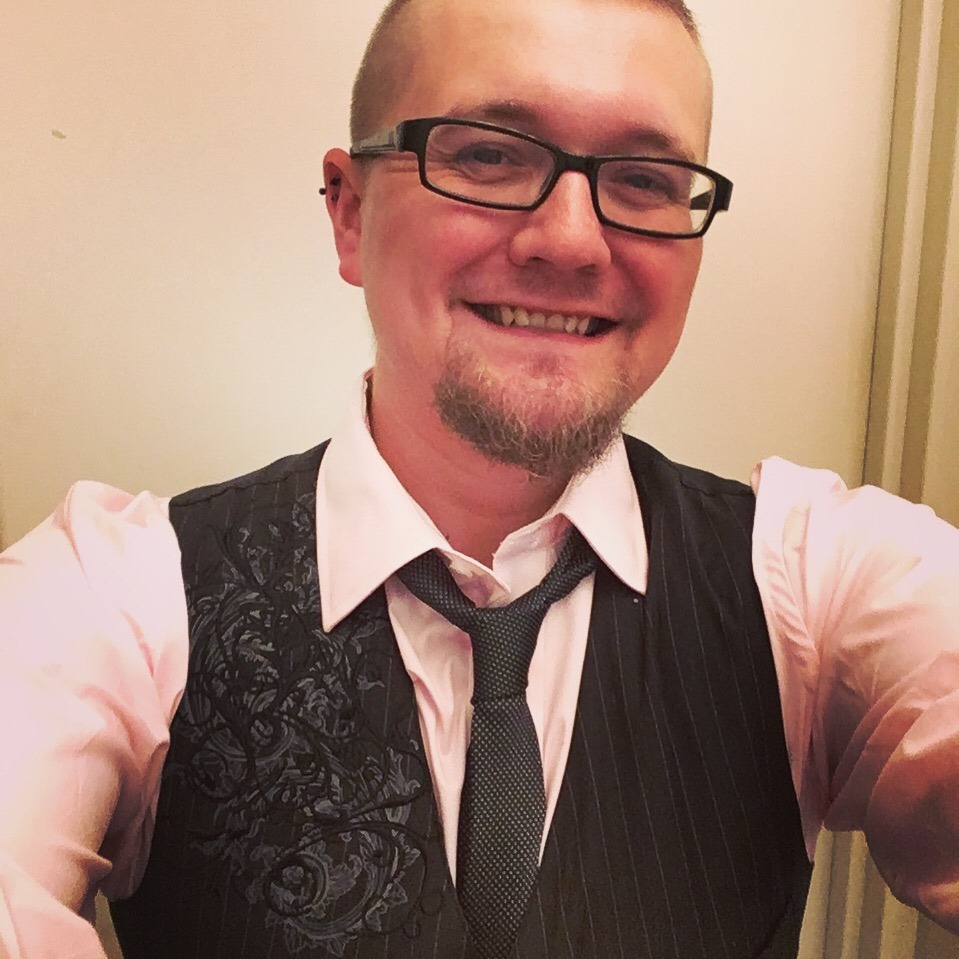Pseudo-Dionysius:
An Author Profile

By Gabriel Blanchard
The limits of our intellect shape us, especially in the presence of the transcendent.
❧ Full name and titles: factually, unknown; conventionally, Dionysius the Areopagite [dī-ø-nē-sē-ŭs, êr-ē-ŏp-à-gīt; see our pronunciation guide for details]
❧ Areas active: not known; conjectured to be the Roman province of Syria (roughly corresponding to modern Syria and including parts of modern Jordan, Lebanon, and Türkiye)
❧ Original language of writing: late Koine Greek
❧ Exemplary or important works: The Celestial Hierarchy; Mystical Theology
One of the names on the CLT author bank is actually unknown to us. We have some of his works, but can only guess at his identity, save that he lived as a monk in the fifth or sixth century, perhaps in Syria; he wrote under the name of Dionysius the Areopagite (St. Paul’s first convert at Athens), and thus assumed an almost apostolic mantle. He was accordingly one of the most influential theologians in Christendom for a thousand years, until his identity as Dionysius was disproven in the sixteenth century.
This pseudo-Dionysius composed four treatises: The Divine Names, The Celestial Hierarchy, The Ecclesiastical Hierarchy, and Mystical Theology. The philosophy underlying all these works is strongly Neo-Platonist, viewing all creation as a pale reflection of the ultimate reality, which is God. This thought, fused with Christianity, makes every creature a pathway to Christ, and Christ to the Father. The ranked choirs of angels—reflected (as he taught) in the intricate priestly and monastic orders of the earthly Church—diffuse the divine glory to creation, in order to summon each of us back up those ranks of glory into their source.
Yet perhaps the greatest importance of pseudo-Dionysius lies not in his exposition of the geometries of creation, but in his understanding of what is called the via negativa or “Way of Negation.” Where theologians and philosophers often seek to understand God through the ways that creation is like him, the via negativa approaches God increasingly through his otherness and mystery, his unlikeness to any created thing; it contemplates more and more how utterly inadequate all human words, thoughts, and ideas are to him.
The divine likeness is above every essence and light. Indeed, no light expresses its character, and every description and mind fall incomparably short of its likeness.
Pseudo-Dionysius the Areopagite
In this mystical mode of expression, God is not our Father, because our ideas of fatherliness are limited by our experience, and he is not thus limited; he is not our Maker, because our notions of making do not do justice to him; at the climax of Mystical Theology, pseudo-Dionysius even writes the following of the divine nature:
“Nor is It kingship or wisdom; nor is It one, nor is It unity, nor is It Godhead or Goodness; nor is It a Spirit, as we understand the term … nor does It belong to the category of non-existence, nor to that of existence; … nor can the reason attain to It, to name It or to know It; nor is It darkness, nor is It light, or error, or truth; nor can any affirmation or negation apply to It; … [It is] free from every limitation and beyond them all.”
Strange, for a monk who has devoted his whole life to God to say there is a sense in which God does not exist!—because our concept of “existing” is simply too minuscule for God.
The “Way of Negation” has remained a potent force throughout the history of Christianity, especially among Christian mystics. Some have suggested that it helped shape Existentialism, through its influence on the paradox-loving mind of Kierkegaard, and came thus to impact secular thought as well as Christian theology and devotion. It bears a striking resemblance to some forms of postmodernism, too, in which the limitations that apply to every perspective and to all knowledge are emphasized. Reading the works of pseudo-Dionysius thus affords students valuable insight not only into historical modes of thought, but those of our own day as well. He contextualizes knowledge and ignorance alike in a mystery which transcends both, opening our present minds onto eternity.
Gabriel Blanchard is a freelance author and a staff editor at Classic Learning Initiatives.
___________________________________________________________________________________
Every week, we publish a profile of one of the figures from the CLT author bank. For an introduction to classic authors, see our guest post from Keith Nix, founder of the Veritas School in Richmond, VA.
If you enjoyed this piece, you might also like our other posts on the great minds and ideas of history, like this profile of Flannery O’Connor or this discussion of the science of astronomy. Or you might be interested in this essay by Matt Bianco of the CiRCE Institute, discussing how to defend our children from propaganda.
Published on 9th December, 2019.
Note: This author was included in a previous version of the Author Bank, but is not present on the current edition (though passages from his work may still appear on CLT exams). A discussion of the 2022 revisions to the Bank, courtesy of Dr. Angel Adams Parham, can be found here.